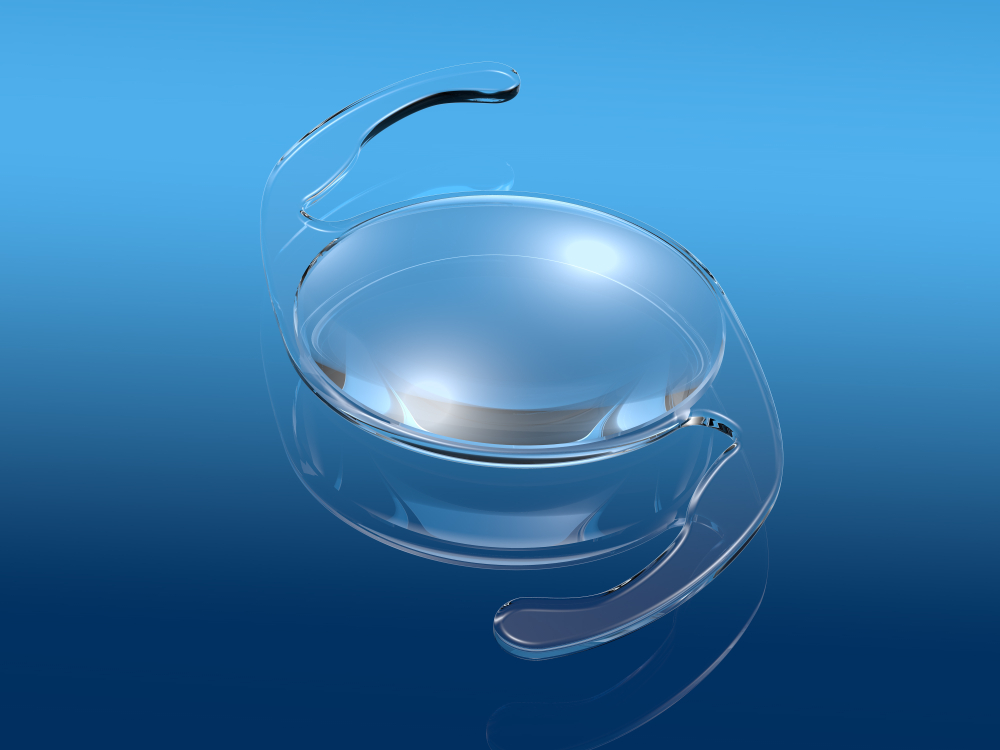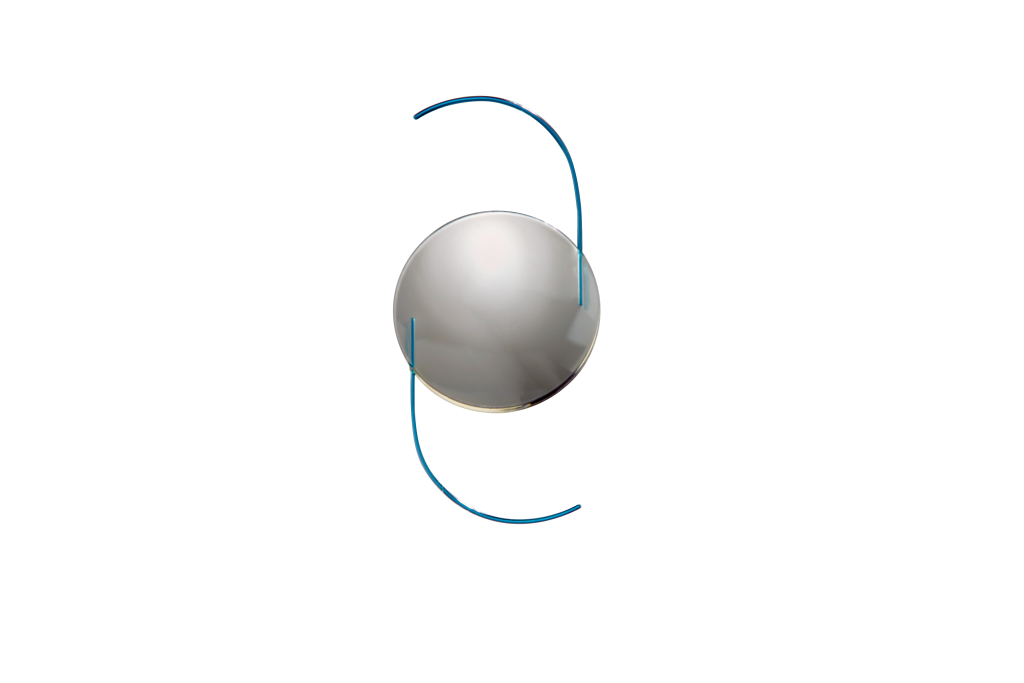IOLs

Do you have cataracts and need cataract surgery? Before you can have your cataracts removed, you must choose which intraocular lenses you want to be implanted. Intraocular lenses, or IOLs, are artificial lenses implanted during cataract surgery to replace the natural lens.
At Georgia Center for Sight, Dr. Dong will help you choose the best IOL for you based on your visual goals and lifestyle needs after cataract surgery.
Introducing the Light Adjustable Lens
What is an Intraocular Lens?
An intraocular lens (IOL) is an artificial lens that takes over the job of the natural lens during cataract surgery. The natural lens is removed and replaced with an IOL, allowing patients to see clearly.
Several different kinds of IOLs are available, making it essential to understand your choices. Dr. Dong will help you choose the best IOL and make a recommendation based on your visual needs, lifestyle goals, and desires after cataract surgery.
IOLs at Georgia Center for Sight
At Georgia Center for Sight, we offer our patients the following intraocular lens options to choose from before undergoing cataract surgery:
Non-Diffractive Extended Depth of Focus Lens
The non-diffractive extended depth of focus lens uses proprietary X-WAVE technology to provide patients with excellent intermediate vision (meaning things looked at from an arm’s length away) and functional up-close vision. X-WAVE technology helps stretch and shift light without splitting it, creating a continuous extended visual field.
Most patients also find very few visual disturbances like glare, starbursts, or halos with a non-diffractive extended depth of focus intraocular lens. Vision is crisp and clear in most instances, reducing dependence on glasses after cataract surgery.
The non-diffractive extended depth of focus IOL corrects both astigmatism and presbyopia, allowing you to reduce your need for reading glasses as well.
Trifocal Lens
The trifocal lens allows patients to see at all three distances: up close, far away, and in between, without experiencing any breaks in vision or sacrificing visual quality at any distance. The trifocal intraocular lens uses proprietary ENLIGHTEN optical technology to optimize patients’ ability to see at intermediate distances without sacrificing their potential to see up close or far away.
No matter what, your vision is sharp and vibrant, whether in dim or bright lighting. With a trifocal IOL, most patients no longer need to rely on glasses after cataract surgery.
The premium lens also corrects presbyopia and astigmatism in a toric model for patients with astigmatism.
Extended Depth of Focus Lens
The extended depth of focus lens is a premium IOL one step up from a basic monofocal lens. A monofocal lens usually only allows one to see clearly at one distance, requiring glasses at other distances.
But the extended depth of focus lens provides an extended range of vision for vision. Patients can see clearly with continuous sight from far away to up close.
This IOL offers patients with presbyopia and cataracts the broadest range of continuous vision available. Patients can see more sharply during the day and at night with the extended depth of focus intraocular lens and can reduce their dependence on reading glasses.
The extended depth of focus lens also comes in a toric model for patients with astigmatism.
Light Adjustable Lens
At Georgia Center for Sight, we are proud to provide the Light Adjustable Lens. The Light Adjustable Lens is an intraocular lens that can allow you to customize your vision clarity according to your preferences after cataract surgery.

What is the Light Adjustable Lens?
A Light Adjustable Lens is a new and advanced intraocular lens used to replace your natural cataract-affected lens during cataract surgery. Using controlled UV light, your eye doctor can fine-tune your vision after the procedure, which allows you to fully customize and test-drive your new vision.
By changing the lens material’s molecular structure, your eye doctor can modify its power. With this technology, you are able to have greater control of your vision and potentially reduce your dependence on glasses after cataract surgery.
Watch the Video Below to Learn More
How Does the Light Adjustable Lens Work?
The cataract surgery process with the Light Adjustable Lens is the same as cataract surgery with any other lens. The cloudy natural lens is removed, and the adjustable lens is implanted in its place.
This lens contains photosensitive material. After you have healed from cataract surgery with the Light Adjustable Lens, you will visit your eye doctor for a series of treatments with the Light Delivery Device.
The Light Delivery Device will apply controlled ultraviolet (UV) light to your lens, which causes changes in the lens’s material. Through this, your vision will be fine-tuned, and you will get to test drive your vision.
You may need more than one session with the Light Delivery Device to reach your optimal vision quality.
How Do I Know if the Light Adjustable Lens is Right For Me?
To determine if the Light Adjustable Lens is right for you, schedule an appointment with your eye doctor at Georgia Center for Sight. During this appointment, your eye doctor will perform a comprehensive assessment of your eye health, lifestyle requirements, and visual goals.
This information will help your eye doctor recommend the most appropriate treatment option tailored to your individual needs.
Are you interested in learning more about the Light Adjustable Lens or determining if it may be right for you? Schedule an appointment at Georgia Center for Sight in Athens, GA, today!
Learn More About Our Lens Options
Lens Comparison
Want to learn more about IOLs? Schedule an appointment at Georgia Center for Sight in Athens, GA!
Request an Appointment
